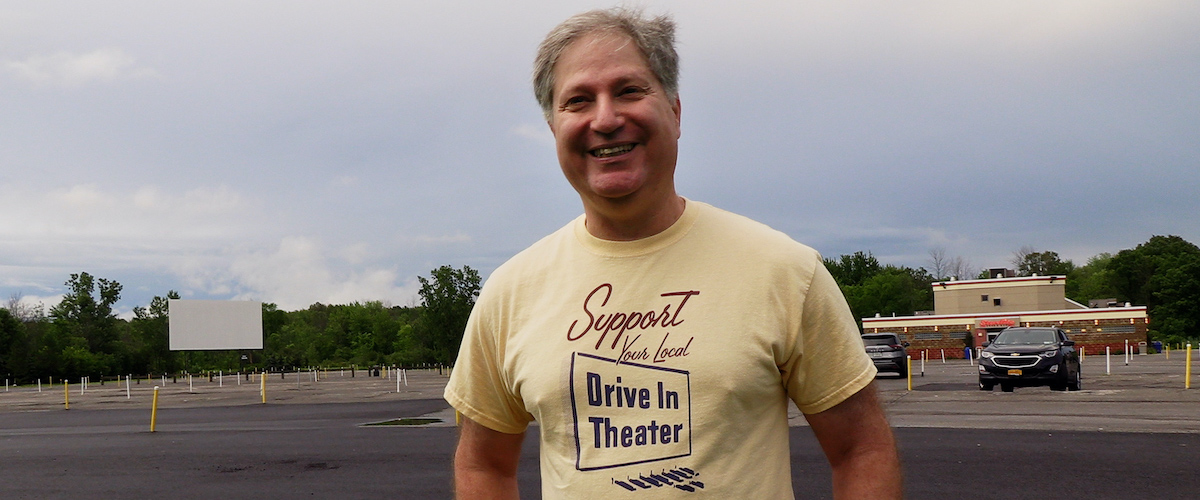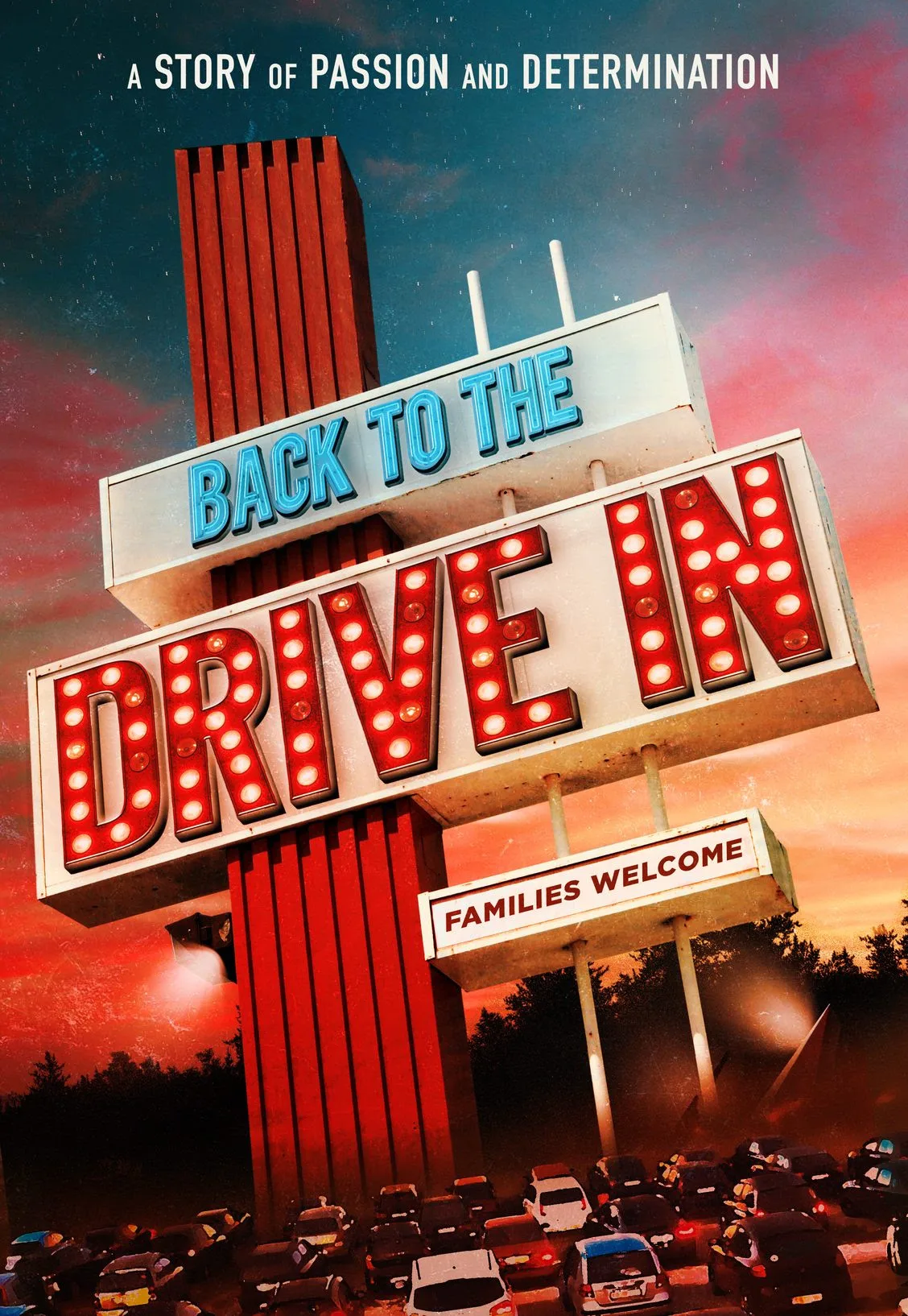The drive-in theater was a staple of post-World War II American life, especially teenage life. It even showed up in horror films where teenagers necking in their cars by the flickering light of movie screens were menaced by monsters and aliens. The drive-in was on the decline for many decades, but had a brief resurgence during the coronavirus pandemic because the open-air setting satisfied the urge to go see a movie without risking exposure.
Much of April Wright’s documentary “Back to the Drive-in” occurs during or after the pandemic. It’s the second film she’s made about drive-ins, and feels in some way like an addendum to the first one, “Going Attractions: The Definitive Story of the American Drive-In Movie.” The big question it raises is whether the drive-in movie theater is a business with long-term survival prospects or one that just had a temporary, anomalous resurgence for reasons nobody could have foreseen and that probably won’t happen again, at least not in the same way.
Wright visits drive-ins nationwide, profiles the people and terrain, and invites them to tell their stories. Sites of interest include The Wellfleet in Cape Cod, Los Angeles’ Mission Tiki, The Galaxy Drive-in of Ennis, Texas, and the Field of Dreams Drive-in of Liberty Center, Ohio. The latter exists because the owner became obsessed with opening a drive-in near his rural home but got frustrated by local zoning opposition. He decided to do it in the backyard behind his house instead, sort of the “If you build it, they will come” scenario from the 1989 movie “Field of Dreams.” (The latter also includes putt-putt golf, hillbilly golf, sand volleyball, and other amusements in an attempt to cater to families.)
Wright’s movie is a love letter to drive-ins, ending with a plea to help save them. But unfortunately, it’s also a reminder of complicating factors inherent in making movies about them: every drive-in looks sort of the same regardless of what part of the country it’s located in, which leads to a certain visual repetitiveness. With the exception of drive-ins close to major urban areas (of which there aren’t too many left), you’re probably talking about an open space big enough to accommodate one or more giant screens, with vast expanses of open concrete where customers’ cars will park.
The 2017 movie “At the Drive-in” is, despite having been shot before the pandemic, an altogether more informative and fascinating experience, in large part because it concentrates on a single place, the Mahoning Drive-in in Pennsylvania, and spends more time on individual personalities and the quirks of running this type of business. But without exception, each person interviewed here in Wright’s film who is associated with a drive-in seems like a wonderful human being living out a dream—in one case, a multigenerational dream, in which the children and eventually grandchildren will take over.
Now available on digital platforms.




















